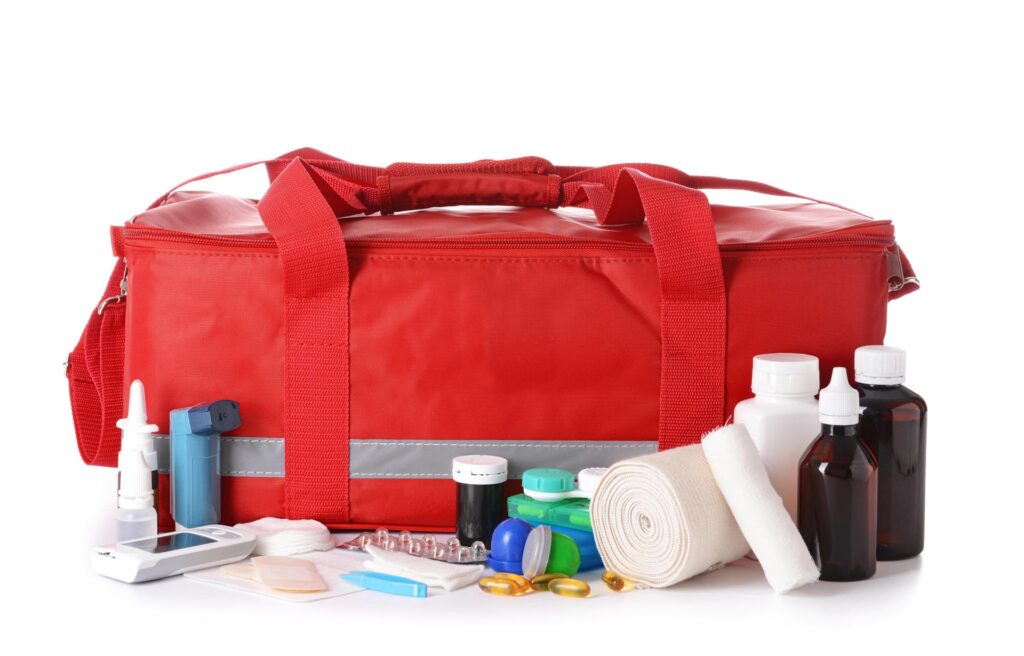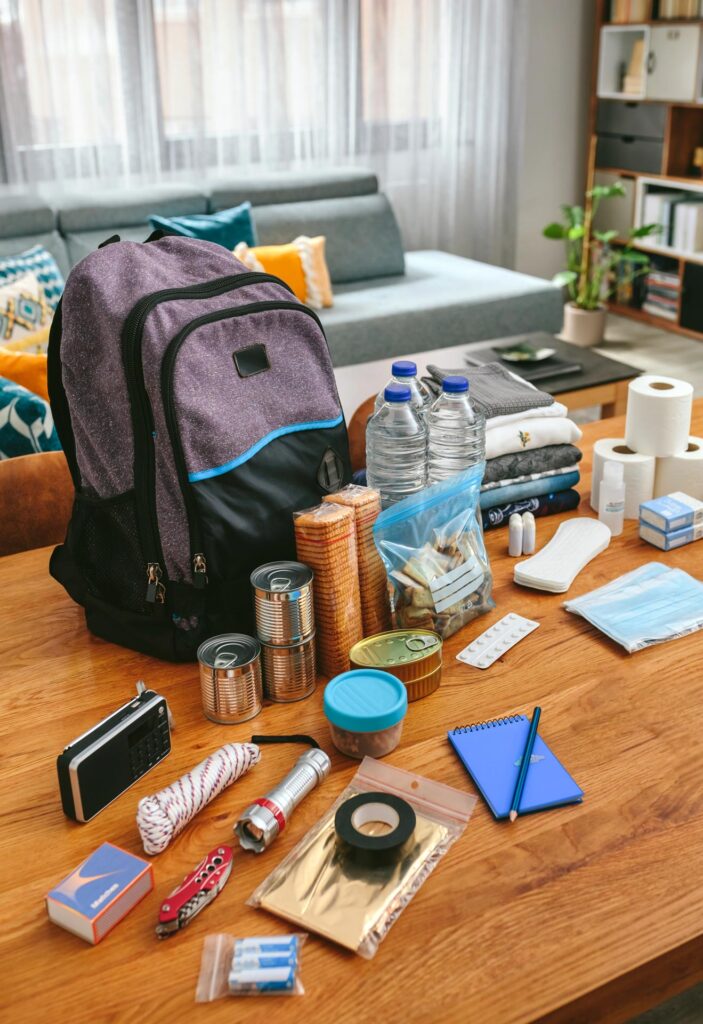(910) 875-5680
Give Us A Call
9949 Fayetteville Rd, Raeford, NC 28376
RockFish Church Central Office
Learn the four-step process to equip you to provide survival support for you, your family, and your community:
In case of an Emergency, you will need to be able to provide food, water, and supplies for you and your household for several days.
Learn how to build an Emergency Kit with the items you and your household will need at
You as an individual must be ready in order to help and take care of others.
Consider how to receive emergency information, communicate with family, and meet basic needs like food, water, shelter, clothing, medication, sanitation, and transportation.
Include items like non-perishable food, water, a flashlight, a portable radio or television, batteries, medicines, anti-bacterial hand wipes or gel, a first aid kit, money, seasonal clothing, and sanitation supplies. You should be able to be self-sufficient for at least three days.
Identify your risks and practice your plan.

Once your family is prepared, they will have the peace of mind to help others.
Consider how to receive emergency information, communicate with family, and meet basic needs like food, water, shelter, clothing, medication, sanitation, and transportation.
Depending on the size of your family.
Include items like non-perishable food, water, a flashlight, a portable radio or television, batteries, medicines, anti-bacterial hand wipes or gel, a first aid kit, money, seasonal clothing, and sanitation supplies.
You should be able to be self-sufficient for at least one week.
Identify your risks and practice your plan.

Having an emergency kit for your pets can make a significant difference in a disaster situation both for treating injuries and having the ability to evacuate quickly with all necessary items.
Plan ahead to ensure a safe evacuation!
Ensure safety and comfort during transport.
Proper identification is crucial during disasters and could be the difference between a pet making it back home or not in the event of separation.
Have a list readily available. Laminating emergency contact lists and securing to the sides of carriers, kennels, and trailers is a great way to keep important information readily accessible.
Keep your pets' medical information on hand.
The church facility needs to be prepared to handle any kind of situation since people flock to Houses of Worship during times of need.
Look at how the facility can operate with or without electricity:
Plan ahead by purchasing generators to provide backup power for your Church Facility and Home.
If your locations cannot support a large scale back up generator, look into getting a smaller one to provide necessary power.
How will you be able to communicate with your church family?
Look into alternate means to communicate:
Work with state and federal agencies to coordinate relief efforts:
After making sure that all preparation for yourself, your household, and you church facility are complete, then and only then are you able to help others.
Understand that if you want to turn your location into a type of “SHELTER” there are stipulations in that:
If you are a designated shelter and a natural disaster is declared by the federal government, you will be a shelter for the entirety of the disaster.
Give Us A Call
RockFish Church Central Office